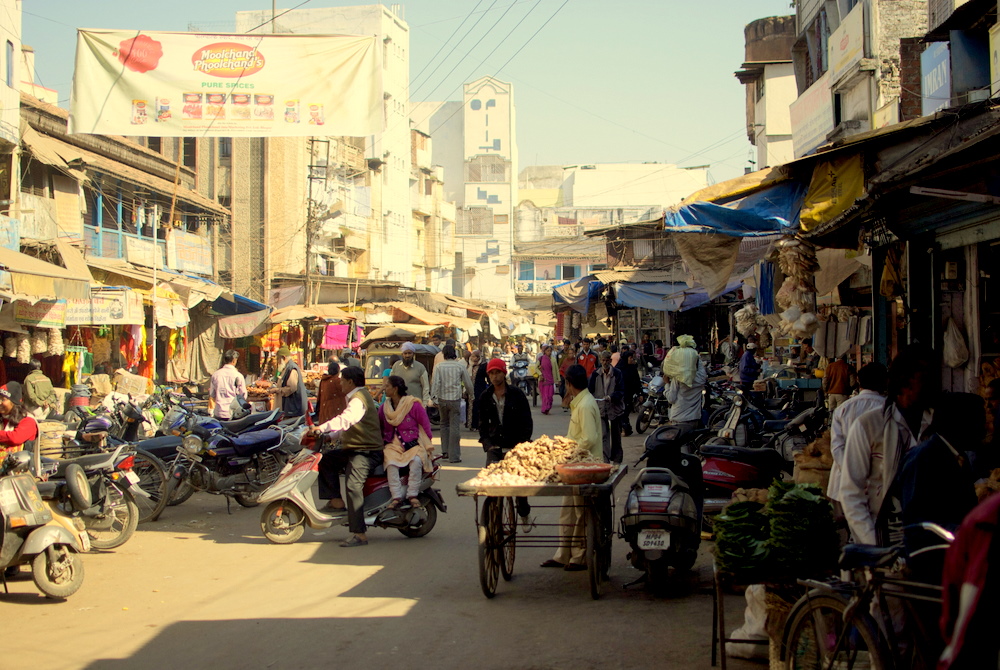In 2010, RoughGuides.com published a chart that rated the most inexpensive countries by looking at how many days a budget traveler could last on US$1,000. (Matador subsequently referenced this post in How long can you travel on $1,000?)
India came in highest/least expensive, with a possible 71 days of travel on $1,000.
